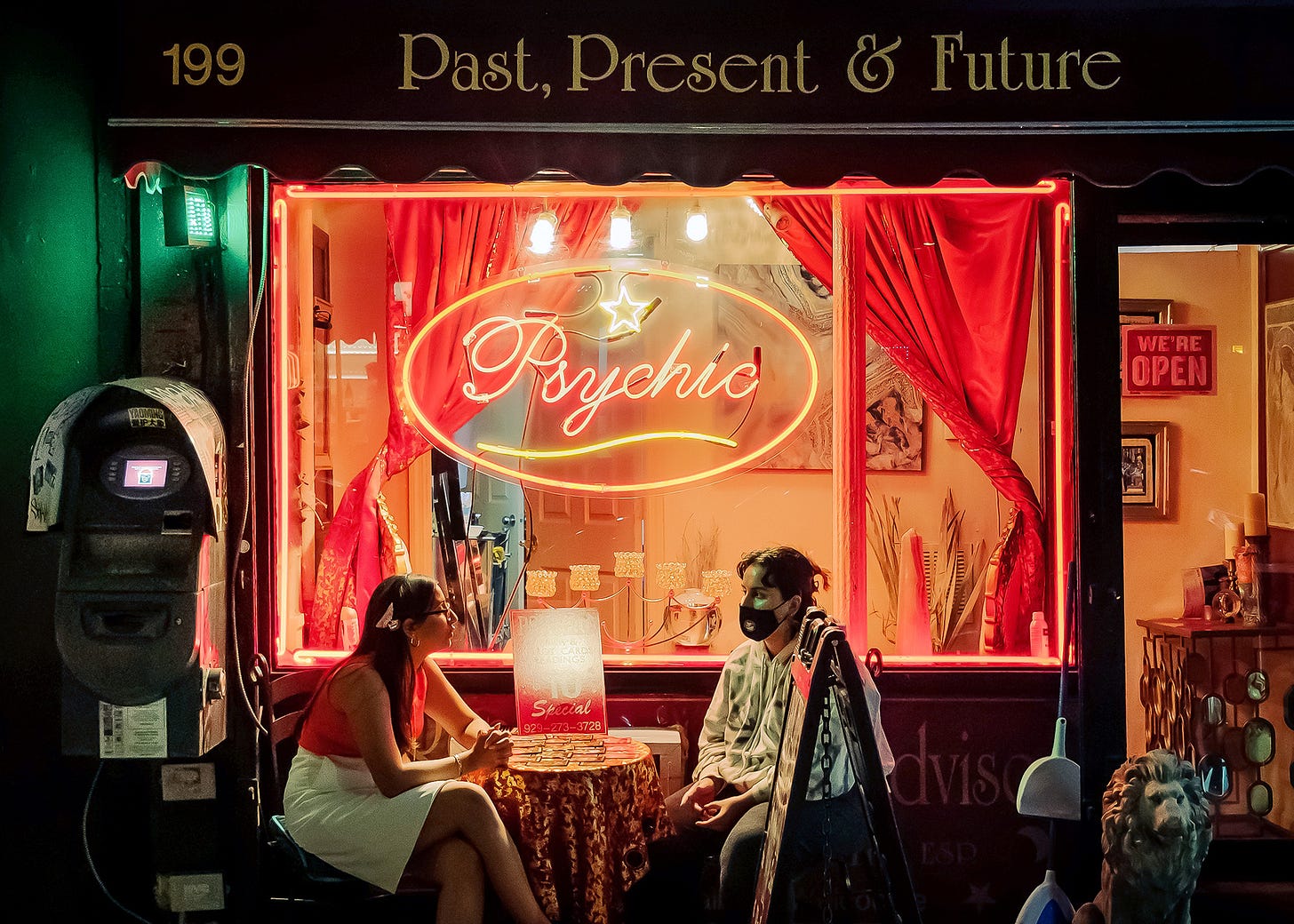The Romantic Appeal of Nostalgia in Street Photography
The paradox of nostalgia, visual cliches of Cuba, and photos as time capsules.
Welcome to In the Flash, a weekly, behind-the-lens dialogue on photography. To join the conversation
My early street images shared one trait — they rigorously avoided having cars in the frame. Since I was photographing in New York City, that took a considerable amount of compositional gymnastics. I was doing so instinctively, driven by a fear that cars are ugly and would spoil the fragile beauty of a street scene. It took me years to figure out what this actually signified. I was, without realizing it, trying to imitate the language of nostalgia.
One feature of cars is that they instantaneously give a visual cue as to the particular time one is in. When I first started photographing, my idea of what makes a good street photo came from looking at famous photographs of the past. The cars of Saul Leiter or Robert Frank looked deliciously vintage, but the cars parked on the street in front of me had the unfortunate aesthetic of modernity. To make my photos look more like the masters, I photographed the present, aspiring to make it look like the past.




